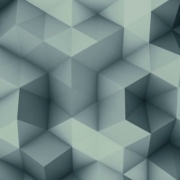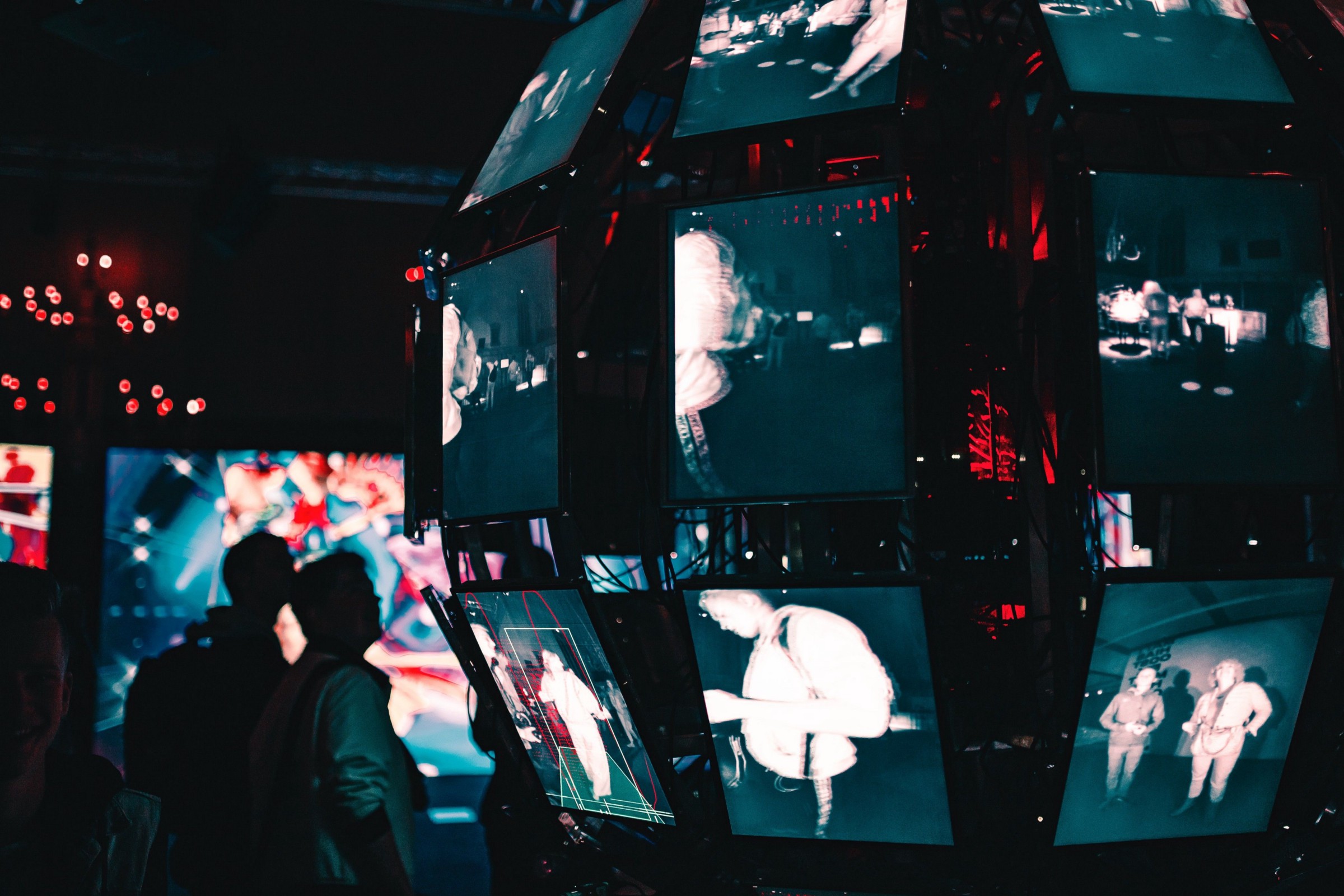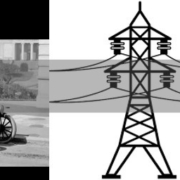In the wake of COVID, video streaming is no longer a fun diversion. Organizations are depending on it to keep their workforce moving… and parents are counting on it to keep their kids from going into all-out rebellion mode during lockdowns. We’re all familiar with the hiccups we experience using streaming platforms, so the application of Deep Learning to video encoding and streaming promises to be an interesting frontier.
Convolutional Neural Networks (CNNs) are a form of Deep Learning – machine learning designed to mimic the human brain by creating multiple layers of ‘neuron’ connections based on weighted probabilities – that is commonly used in image recognition. Each neuron represents a combination of features from a dataset, which are activated for prediction through sigmoid, threshold and rectifier functions.




